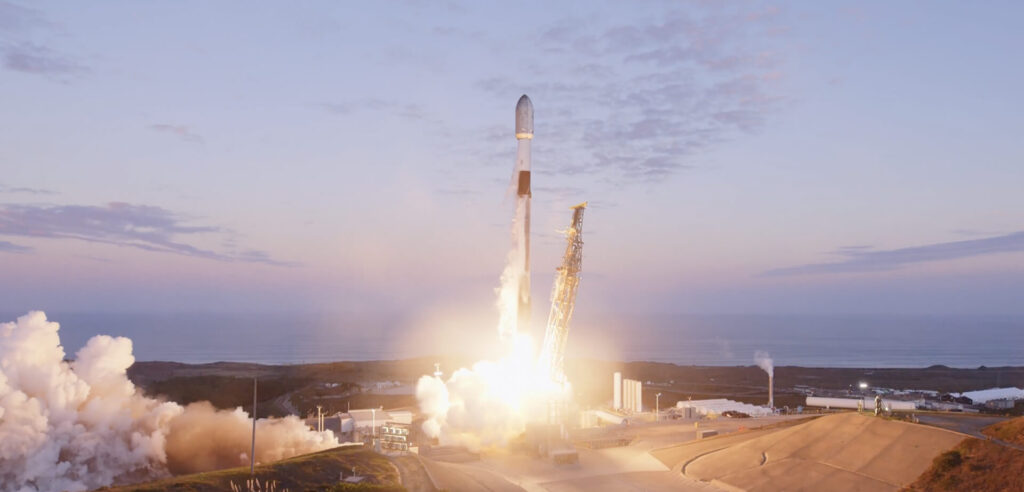SpaceX successfully launched a Falcon 9 rocket early Sunday morning, deploying 28 Starlink satellites into low-Earth orbit. The mission is part of SpaceX’s ongoing effort to expand high-speed internet coverage to underserved and remote areas around the globe.
Boosting Starlink Network Capacity
The 28 new satellites will integrate into the existing Starlink constellation, enhancing network capacity and reducing latency for users worldwide. SpaceX stated that the deployment will strengthen connectivity, supporting both commercial clients and government applications.
Launch Highlights and Community Impact
Residents near the launch site reported hearing a sonic boom, a typical occurrence when the Falcon 9 breaks the sound barrier. SpaceX advises communities in launch corridors to expect similar effects during upcoming missions. The company continues to emphasize safe and efficient launch operations while expanding its orbital infrastructure.
Sustainable and Reusable Rocket Technology
The mission reused the Falcon 9’s first-stage booster, highlighting SpaceX’s focus on cost-effective and sustainable space operations. Frequent reuse of boosters reduces launch costs and accelerates the pace of satellite deployment, reinforcing SpaceX’s position in the growing satellite internet market.
Strategic Growth of Starlink
With this launch, SpaceX maintains its record of rapid Starlink expansion, positioning the service as a major player in global satellite internet. The company faces increasing competition from other emerging providers but continues to leverage its reusable launch technology and dense constellation to deliver reliable connectivity worldwide.

